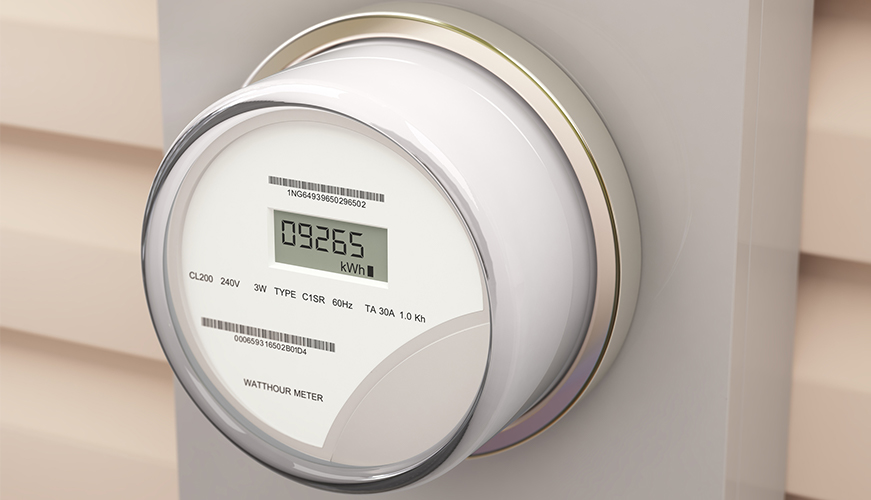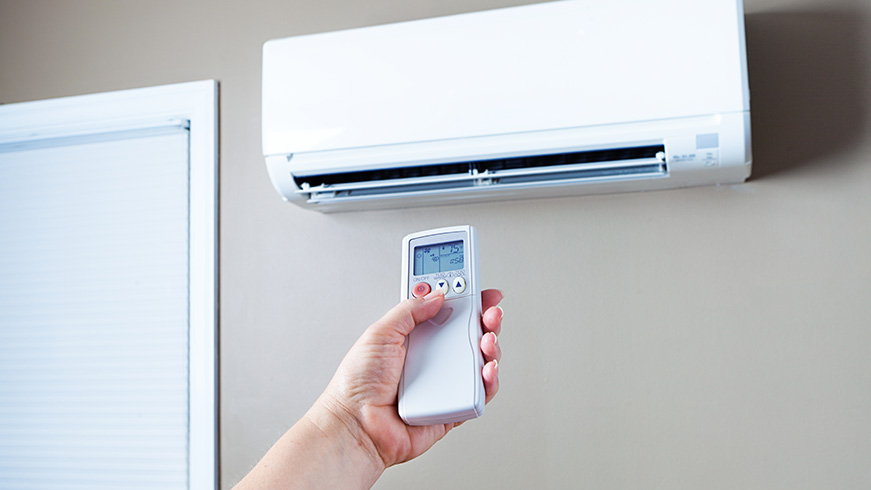Odds are, your electricity is provided by an electric utility and you have a meter to measure usage somewhere in your home. The primary function of traditional electricity meters is to log the amount of electricity that you use. They are then read by someone from the electric company, and you’re sent a monthly bill equivalent to your consumption.
Electric utilities have begun to replace traditional analog meters with “smart meters.” There are currently more than 50 million smart meters installed in the United States, and that number is steadily rising. It’s all part of the federal government’s Smart Grid investment that totaled $3.4 billion in 2009. 132 million smart meters are expected to be installed in the United States by December 31, 2020. This will be a total investment of almost $9 billion.
There are a few primary differences between these two types of meters:
| Analog Meter | Smart Meter |
|---|---|
| Requires an employee of the utility company to come out every month in order to read the meter | Transmits readings daily, hourly, or even by the minute to the utility company |
| Requires yearly servicing to remain accurate. If the meter isn’t serviced, it can slow down and lower your bills. Although this is an enticing prospect, once the utility realizes what is happening, they’ll service the meter, see how much money they’ve lost based on your average usage, and send you a bill to make up for the billing that they missed out on. | Requires battery replacement every 10 – 20+ years |
| In order to detect tampering or electricity theft, a company employee has to analyze data over a long period of time and determine if anything is abnormal. | Can automatically register and alert the utility company in the event of tampering or electricity theft |
| Has no way of communicating any kind of deficiency or emergency situation directly to the utility. | Transmits a “last gasp” notification to the electric company when there is a power outage, notifying them immediately that service has been lost |
As you can see, smart meters are a lot more efficient for utility providers. They provide up-to-date information and can do many things remotely that required numerous employees to handle in the past. But, what does this all mean for you, the consumer?
Shorter interims between energy readings allow you to see how much power you’re using at what time of day and where you’re using it. For example, you’ll be able to see how much energy is being consumed while your home is empty and then determine if there is a way to lower this consumption. This could be done by unplugging appliances and chargers before leaving the house or making sure that all the lights are turned off. You can also use this information to determine what kind of contract you should have with your electric company.
Some electric companies currently offer “time-of-use” programs. Although they are all different, the customer generally pays a fee to be a part of the program and then pays on-peak and off-peak rates. Consumers could take advantage of these programs by charging a battery at night and using the stored energy during the day time. For example, Carolina Power and Light offers a time-of-use program with a subscription fee of $9.85, an on-peak rate of 14.5 cents per kilowatt-hour, and an off-peak rate of 2.9 cents per kilowatt-hour. If you’re able to adjust your schedule so that the majority of your electricity consumption occurs during off peak hours, you stand to save a significant amount of money.
Customer service will also be much more streamlined for those with smart meters. A company can detect if a customer is having an inordinate number of power outages, or if their usage spikes for no apparent reason. The company can then assess the problem, contact the customer if necessary, and handle the problem a lot more expeditiously than if they were using an analog meter.
All of the data is collected and analyzed by the provider in order to better understand usage patterns and how to better service their customers. This naturally leads to privacy concerns. The analysis of the metadata provided by these smart meters can tell a lot about a person through their energy usage, such as when they’re home and even where they are in the home depending on which appliances are being used.
Fortunately, your utility company most likely doesn’t care where you are in your house. They want their customers to receive the best service possible, and when it comes to data analytics, these companies aren’t doing anything other than reading your meter and providing you with the best service that they can. They also encrypt all of the data that is transmitted to and from these smart meters, making it difficult for third parties to access the information without consent.
Who gets a smart meter is dictated more by the government than by the utility company or consumer. Legislation on who gets them varies by state. For example, Pennsylvania requires every company with over 100,000 customers to install them, and there is no way for the customers to choose to remain on an analog system. On the other hand, Texas allows customers to pay a $200 opt-out fee.
So, you might find that you already have a smart meter, or will be getting one very soon. Luckily, the pros outweigh the cons and with a smart meter you just might be able to save a lot of money on your future energy bills.



